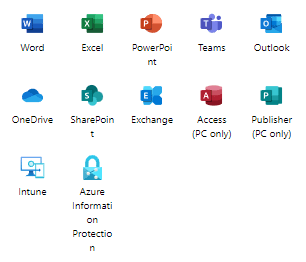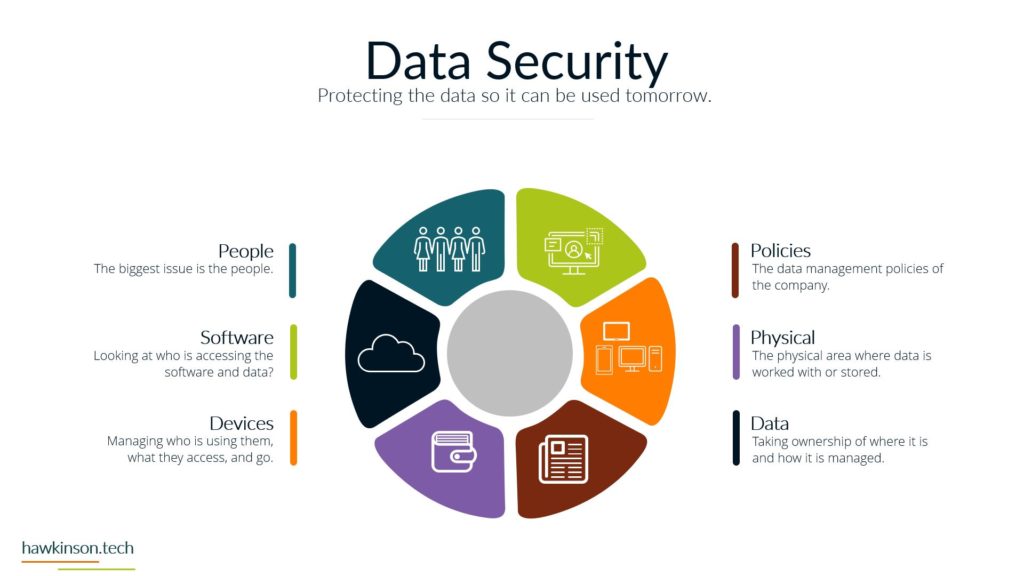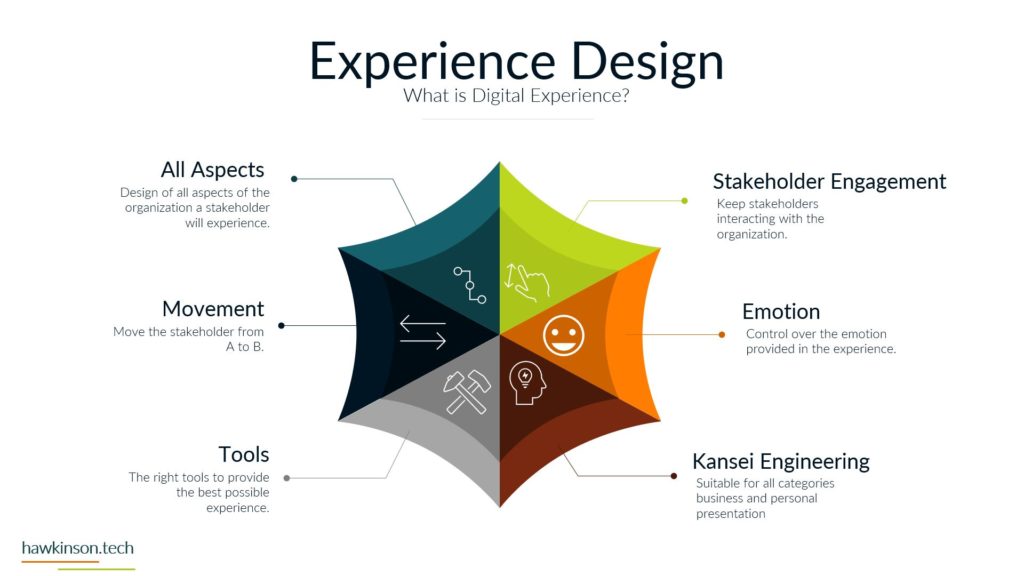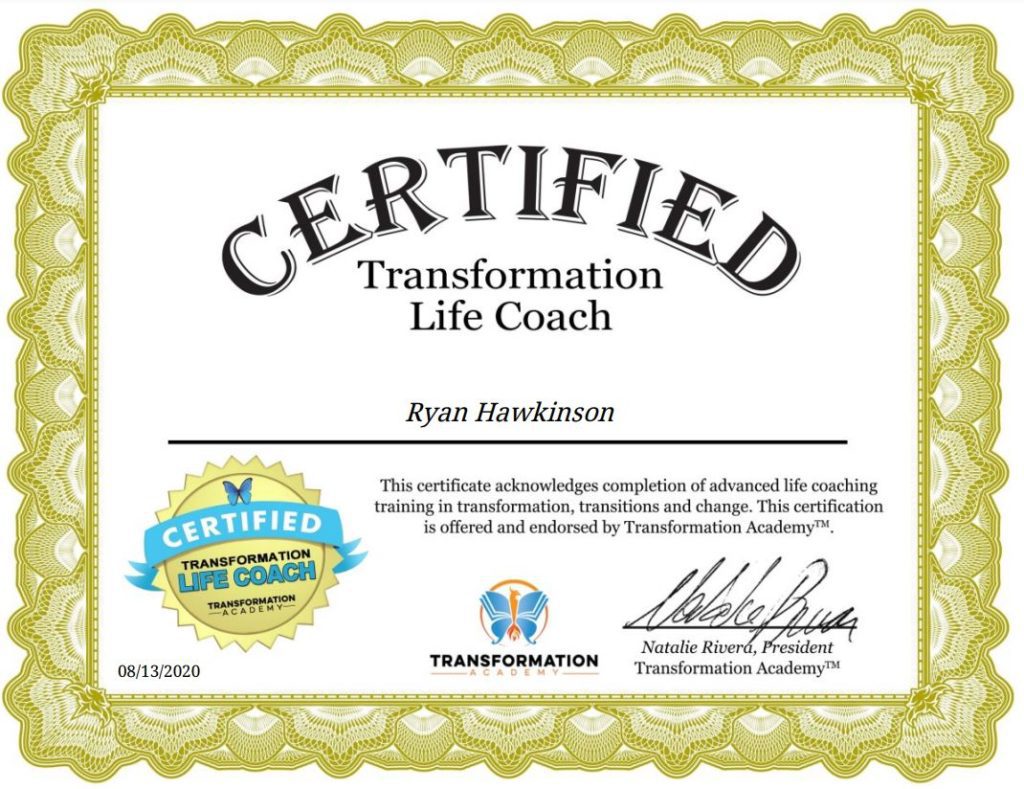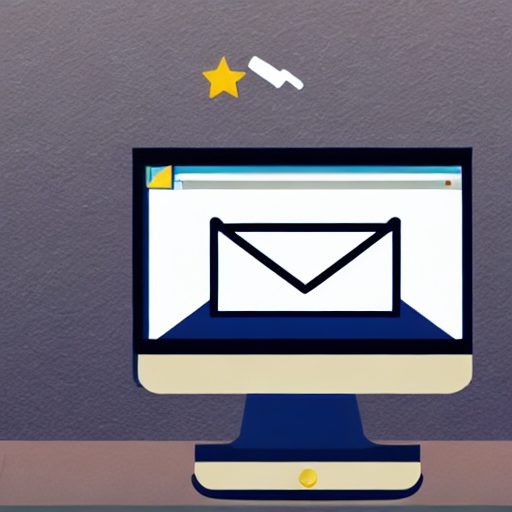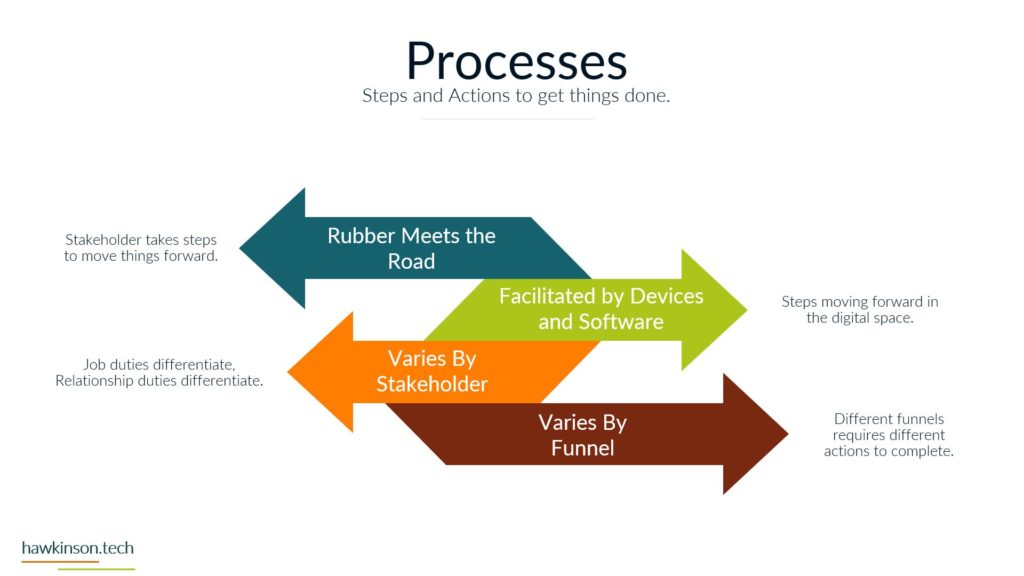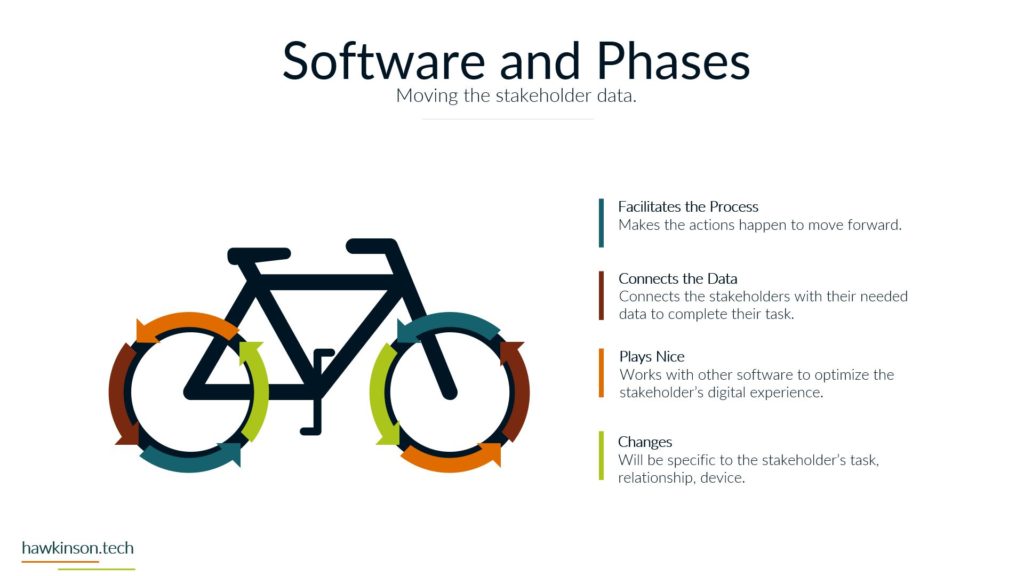Microsoft Business Premium is a comprehensive productivity application suite designed to help businesses of all sizes streamline their operations and enhance their digital experience as a whole. This powerful suite of tools includes everything you need to manage your business, its people, and processes more efficiently and effectively, from email and calendar to file storage and collaboration.
Here are the top three features of Microsoft Business Premium that make it stand out:
- Email and Calendar Management: With Microsoft Business Premium, you can access advanced email and calendar features that make it easy to manage your schedule and stay on top of important tasks. You can access your email and calendar from any device, and you can even schedule meetings and appointments with colleagues, customers, and partners.
- File Storage & Collaboration: Microsoft Business Premium includes 1TB of cloud storage per user, so you can easily store and share files with colleagues, customers, and partners. You can also collaborate on documents in real-time, making it easy to work together on projects and tasks.
- Microsoft Teams: Microsoft Teams is a powerful collaboration tool that enables you to chat, call, and meet with colleagues and customers from anywhere. With Teams, you can collaborate on documents, share files, and work together in real-time, no matter where you are.
Other key features of Microsoft Business Premium include:
- Microsoft Office applications, including Word, Excel, PowerPoint, and Outlook
- Advanced security features, such as two-factor authentication and encryption
- Integration with other Microsoft products and services, such as Dynamics 365 and Power BI
- 24/7 customer support from Microsoft.
One of the most important aspects of a digital experience is seamless integration with other tools and platforms. These include:
- Outlook
- OneDrive
- Word
- Excel
- PowerPoint
- SharePoint
- Microsoft Teams
- Exchange
- Publisher (PC only)
- Access (PC only)
- Intune
- Microsoft Defender
- Azure Information Protection, and
- Azure AD Premium P1
With Microsoft Business Premium, you can easily integrate with other Microsoft products and services, as well as third-party tools and platforms, making it easy to streamline your operations and enhance your digital experience and that of others.
